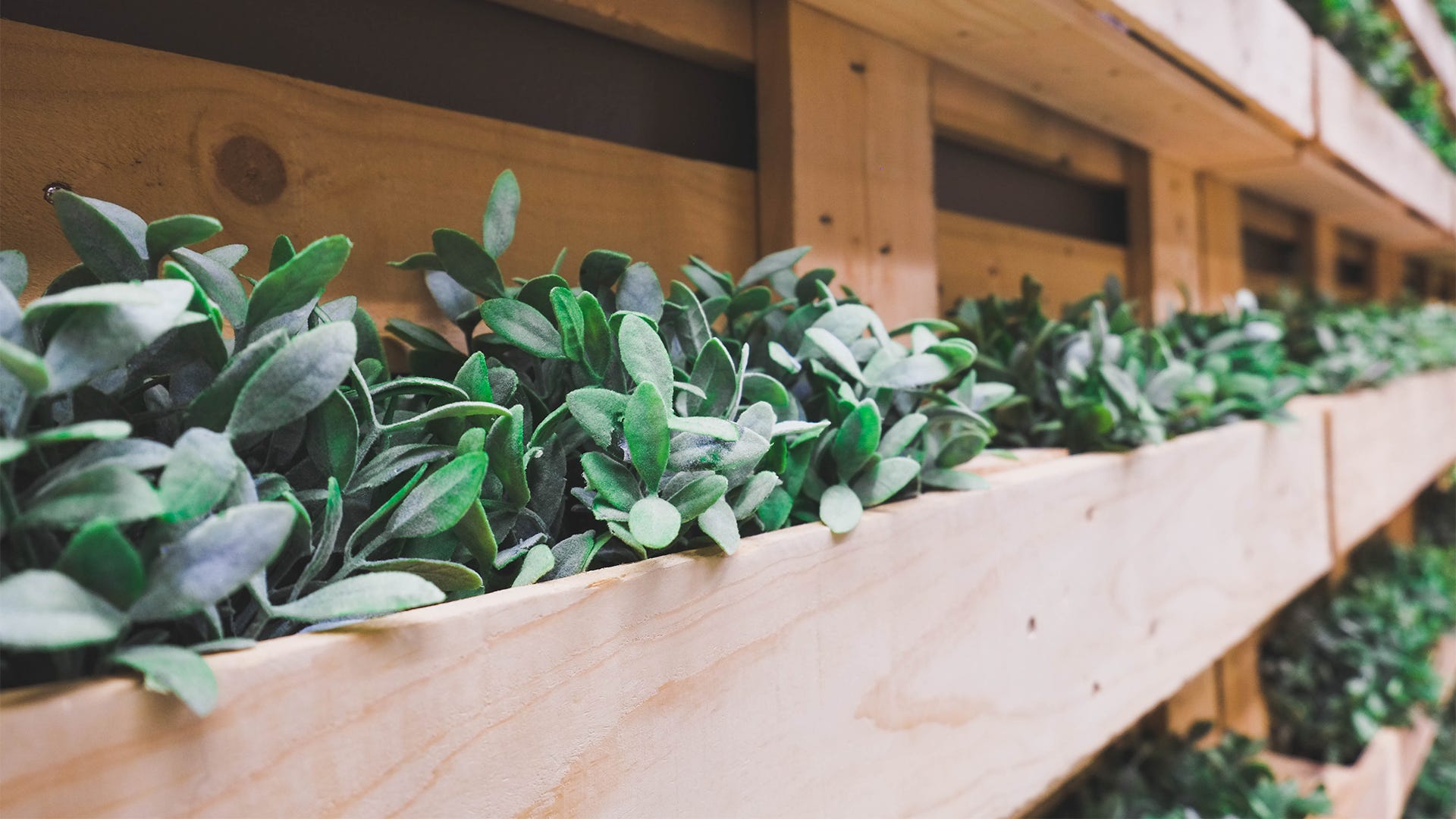
Attention scavengers and thrifty people: Treasure for growers who like saving cash is ready for the taking. All you have to do is know what to look for and where to look for it.
Seedling Trays
What: The plastic cell packs that home centers and nurseries use for selling annual flowers and vegetables are perfect for starting seeds or clones.
Where: Ask your neighbors for their trays after they’ve removed the plants. Also, check with local landscapers, who often accumulate dozens of the trays in spring.
Growing Pots
What: The food-grade buckets used as packaging for restaurant supplies make roomy containers for growing large plants indoors.
Where: Check with restaurants, cafeterias, and food-service operators for schools, hospitals, and retirement communities to see if you can pick up their empty buckets.
Pumps and Tubing
What: The air pumps and tubes used in home aquariums can be repurposed for infusing oxygen into your nutrient solution and distributing it to plants in hydroponic gardens.
Where: When people tire of their home aquariums (or upgrade to larger setups), they discard them or sell them for very little. Check Craigslist and yard sales for tanks, and see if you can get used pumps and tubing for free or very little money.
Lights
What: The light fixtures used in many schools, offices, and workshops hold fluorescent tubes that are bright enough to grow seedlings and clones.
Where: Watch for remodeling of these buildings and check the dumpsters early in the process for the fixtures that are no longer needed.
Pallets
What: The wooden skids that many shippers use to transport equipment and large consumer goods work well as stands for keeping potted plants off the floor of your indoor grow room.
Where: Check around the back of supermarkets, big-box stores, and warehouses where pallets are typically piled up. Most are free for the taking, but ask first to be sure they aren’t targeted for recycling.
Growth Booster
What: Compost tea is a valuable source of nutrients and microbes. You can use compost tea as a growth booster for your indoor garden. To make your own, put compost in a burlap bag or old pillowcase, then soak it in water for about a week.
Where: Assemble the ingredients for compost around your home (vegetable scraps from your kitchen, grass clippings and leaves, and shredded newspaper). Pile it up and let it decompose over a couple of months before you use it to make tea.
Plants
What: Cuttings from existing plants are the start of clones for new plants, while the originals continue to grow.
Where: Take cuttings from your own plants or ask your friends and fellow growers to snip a few from theirs and you’ve got the foundation of your next crop.
Information
What: Knowledge is the most valuable tool for indoor gardeners. Whether you’re new to the process or a very experienced grower, you can always use more information that will help you be more successful.
Where: On hydro.saferbrand.com, you’ll find useful details on all aspects of indoor growing. When you are struggling with an especially challenging problem, visit the many online forums for indoor gardeners and ask others how they’ve dealt with it.



